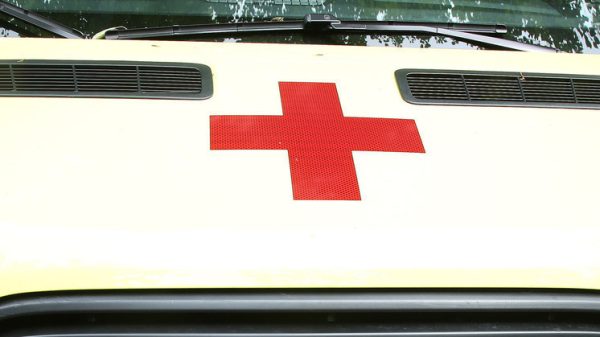PFAS compounds are ubiquitous, used in a range of products, from food-delivery boxes to non-stick cookware to stain-resistant clothing.
But one of the most troubling routes to PFAS exposure is drinking water that has been contaminated by discharges from factories and other facilities.
You can’t avoid per- and polyfluoroalkyl substances (PFAS) completely, says James E Rogers, PhD, Consumer Report’s director of food safety research and testing. But several steps can help. That includes choosing bottled water carefully because some have more than others. Here’s what else you can do.
Check your water
While there are still no federal limits for PFAS chemicals in drinking water, certain states require routine testing.
If you get your tap water through a public water system, you may get an annual report detailing those results. If you didn’t receive yours, call your local supplier. If you rent, call your landlord.
The Environmental Protection Agency also has reports for systems with 100,000 or more people. And you can check a map created by the Environmental Working Group and Northeastern University that shows communities with known contamination.
Test your water
If your home is not on a public water system or if you need more information, get your home water tested. Many DIY kits are available, but it’s not always clear what they test for or how accurate they are. So the EPA recommends using a certified lab. Find a certified lab.
Consumer Reports also recently tested two home water-test services, SimpleLab and WaterCheck.
Twenty-seven CR volunteers ordered the kits, collected samples from their homes, and had their water tested for heavy metals and PFAS. The volunteers also sent samples of their water collected at the same time to a CR-qualified independent lab for comparison.
Both services yielded accurate results, according to CR’s analysis. But users said that in both cases the instructions could have been clearer and results weren’t always delivered when promised.
And while both were fairly pricey, SimpleLab’s was a better value. It cost $129 to test for contaminants in municipal water, $134 for well water, and an extra $289 for PFAS testing, compared with WaterCheck’s $190 for municipal water, $230 for well water, and $400 for PFAS.
Filter your water
Consumers who learn that their water has high PFAS levels could install reverse osmosis filters, which often work best for removing those compounds, as well as other contaminants. But they take up a lot of space and can be pricey, some costing $1,000 or more. Carbon filters that can be connected to faucets or installed where water enters your home can also be effective, though they might not work as well for certain compounds. Read more about CR’s tests of water filters.
Choose and use products carefully
PFAS compounds are found in many products and are particularly common in a few.
That includes stain-resistant fabric. So consider choosing carpet and furniture brands that don’t use a stain-resistant or water-resistant coating, says Laurel Schaider, a scientist at the Silent Spring Institute, which focuses on the health effects of environmental chemicals.
Fast-food packaging and microwave popcorn bags are other common sources. Says Schaider, “I think it makes sense to minimize use” of those products.
Also be careful when cooking with non-stick pans. They shouldn’t shed PFAS when used according to manufacturer specifications, but don’t overheat them, scrape them excessively, or put them in a dishwasher if they’re not meant to be cleaned that way.
CR’s cookware ratings indicate when cookware is free of one PFAS compound (PFOA), though it may contain other PFAS compounds.
This story is co-published in partnership with Consumer Reports. Consumer Reports has no financial relationship with any advertiser on this site






















































Свежие комментарии